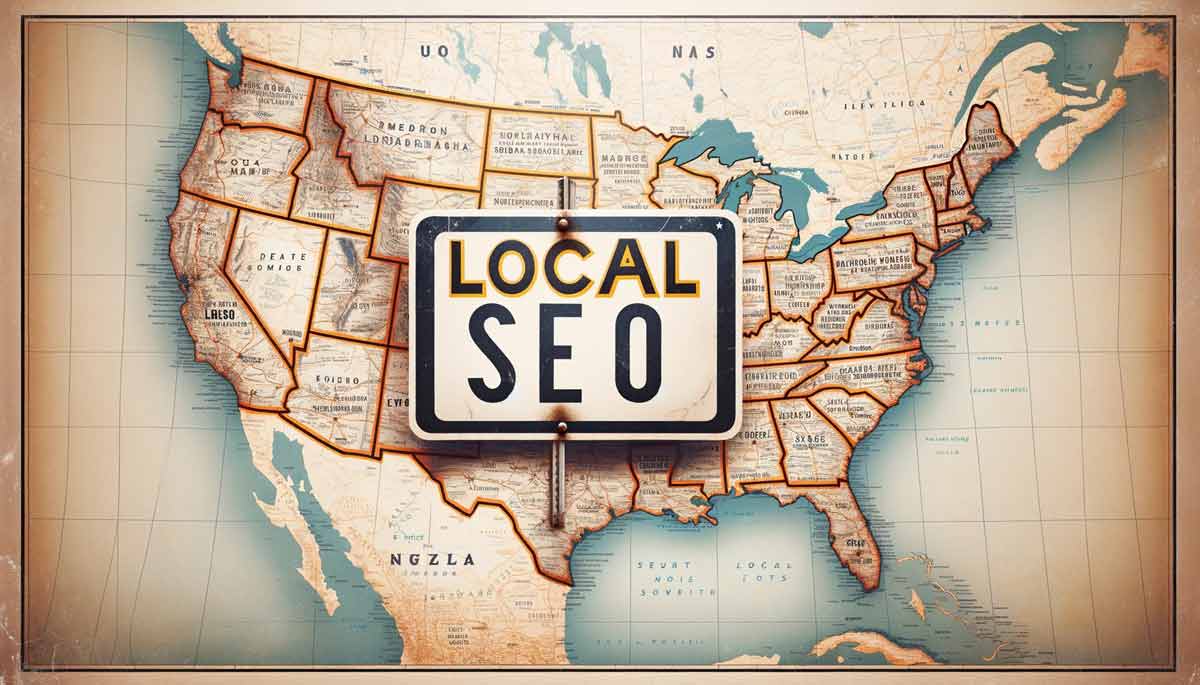E-commerce SEO (also referred to as online shopping SEO) is one of the most important search engine optimisation strategies to improve your e-commerce shop’s visibility in the search engine results pages (SERPs).
It’s also one of the most effective tactics for increasing your search engine rankings, driving quality traffic, generating leads and sales, and bolstering the success of your e-commerce company. In this extensive guide, we will look at the different aspects of E-commerce SEO, describing all the best practices and tactics you should follow to improve your e-commerce shop’s visibility in search engine results pages.
Understanding E-commerce SEO
What is E-commerce SEO?
E-commerce SEO is the process of making your store more visible within the search engine results pages. For example, if a user is searching for products that you sell on your platform, you would want to be found as you can then generate more traffic on your website.
Unlike regular SEO, E-commerce SEO is meant for websites of online stores. Thus, E-commerce SEO aims to make an online store as optimally designed, content-rich and user-friendly as possible, so that it can rank well on search engines such as Google and Bing when a searcher performs a query.
Why is E-commerce SEO Important?
The digital marketplace is highly competitive. Thousands of e-commerce websites are setting up shop, each attempting to gain a slither of marketing space. Simply put, the more people who can find your website, the more traffic you will have, and the more purchases will follow.
This is why having a killer E-commerce SEO is crucial. E-commerce SEO is important as it helps drive more buyers to your website. SEO can boost your online presence and create a whole community around your brand. E-commerce SEO can improve your digital sales, which in turn increases customers.
Key Strategies for E-commerce SEO
Keyword Optimization
Using the right keywords is the basics of E-Commerce SEO. Do keyword research with keywords that are relevant to your collected products and industry. Use Google Keyword Planner and SEMrush etc, to find keywords with high search volume and low competition score, put them in your product titles, descriptions, meta tags and URLs to improve your pages’ ranking.
Optimizing Website Structure
Structure your e-commerce site in such a way that it makes it easy for customers to shop. This requires a logical hierarchy which makes it easier to find things and ultimately, enhances user experience and SEO. For example, your e-commerce site should be easy to browse and navigate, with clean layouts and functionalities, plus basically having everything properly categorised so that it is easy to find things that customers are looking for.
Simplifying Navigation
This enables them to create simpler routes through the store, as well as making it easier for bots to index the site. The organisation of your site through a clean menu structure and effective internal crosslinking can have a positive impact on the discoverability and indexability of your pages.
Content Creation for E-commerce
SEO-friendly, quality content is key. So you should do more than just write product descriptions. Blog posts, buying guides and articles can cover relevant keyword phrases and customer pain points for your products. This will help you to rank for many different searches while establishing your brand as an authority in your niche.
Leveraging Multimedia Content
Use images, videos and infographics to create richer content. Add images and videos to your post, including a featured image at the top, in which you’ll use the same search phrase in the file name, the image’s alt text, and the caption beneath the image.
Building Quality Backlinks
Backlinks are one of the main elements in your on-page SEO strategy. If other sites link back to your content, it tells search engines that the linked-to content is of quality. Which it should be if the reputable sites in your niche have linked to it. Think of acquiring backlinks for your site as a good measure of your authority and relevant rankings.
Technical Optimizations
Technical SEO refers to optimising certain technical aspects of a site to help search engines crawl and index your site structure better, ultimately helping to boost your site’s rankings. This includes site speed optimisation, ensuring mobile optimisation, SSL security, and an XML sitemap.
Monitoring and Analysis
Regular Monitoring
Even if you implement great e-commerce SEO, it won’t simply ‘set and forget’. You must check back on your SEO again and again, making tweaks and changes along the way. Keep track of your website through a tool like Google Analytics and Google Search Console, so you know who visits your website, when they come, and how they get there.
SEO Performance Metrics
You should keep watch over indicators of success, such as click-through rates (CTR), bounce rates and conversion rates. These are good for assessing the performance of your actions and tweaking accordingly.
Staying Ahead of the Competition
Therefore, running a successful business, especially in the highly dynamic area of e-commerce is all about staying up to date with the latest trends, updates, and tricks. A great way to achieve this is by regularly reading well-informed SEO blogs and taking part in forums. Also, advanced SEO techniques such as optimising your website for voice search with the help of artificial intelligence in SEO can give you a leg up on the competition.
Conclusion
All your E-commerce SEO strategies would come to a screeching halt without sound technical optimisation of your online store. Your homepage, category pages, product pages, blogs, and your whole site as a whole are the pillars on which your virtual store survives. When each of these is implemented and optimised the way Google suggests, your online store can dominate for your specific chosen keywords.
A successful E-commerce SEO strategy would have a mix of great product information, quality backlinks, consistent and helpful information flow, and great tools like video and infographic content. When all of these factors are actively plugged into your technical SEO correctly, they can push your online store to the top of specific Google SERPs.
So, use social media to your advantage, create high-quality content that provides value, develop a reliable resource in your industry, and get quality backlinks that add credibility to your products or services. SEO is not just a one-time boost, but an ever-evolving process that continuously changes with new trends and tweaks to the Google algorithm. Many frustrated industries are now giving up on optical ratings and just simply agreeing to the nightmare that is being slave to monster companies. Some have even resorted to blackhat methods to get ahead of their competition to simply stay afloat.
However, my advice to all E-commerce merchants would be this: just do it right from the start, and stick with it. Do some research on who your customers are and why they buy from you. Create great content that helps solve their problems, and enhance their appreciation of you and your product.





AI SEO Consultant
AI SEO Services harness cutting-edge technology to boost your website’s rankings, enhancing visibility and driving organic traffic effectively Based on AI.